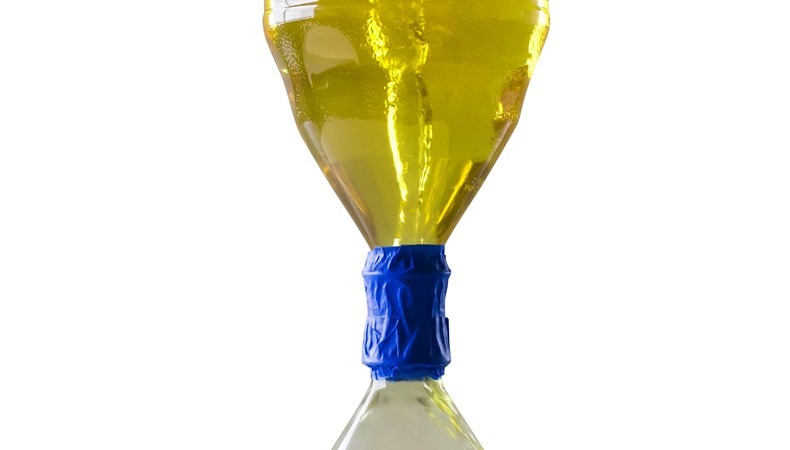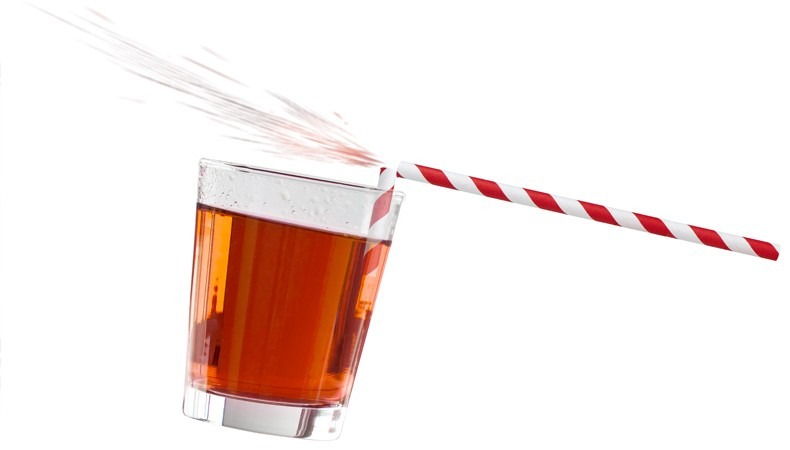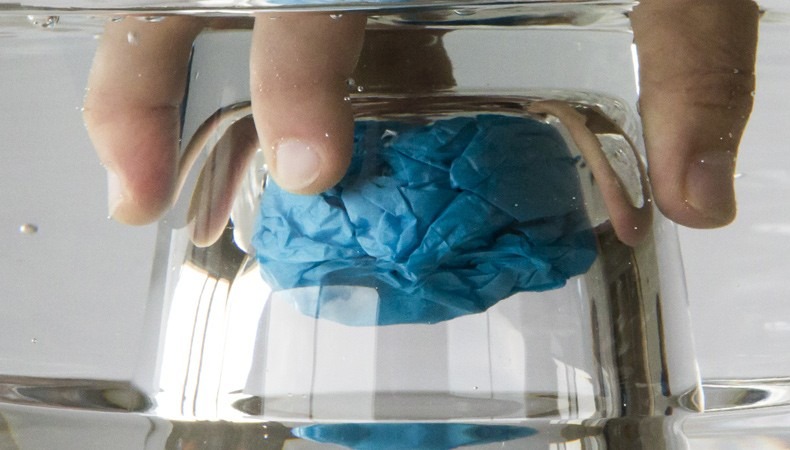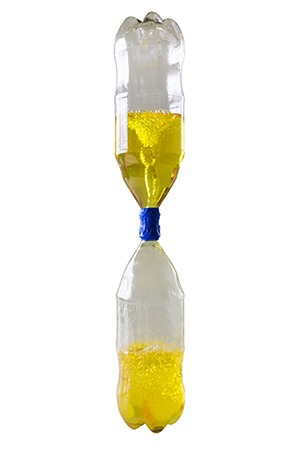Tornado-in-a-bottle
Grades 2, 6, and 8 (Ontario)
Elementary cycles 2 and 3 (Quebec)
Tornados, whirlpools, even galaxies are all vortexes. Explain how they work with this fun and simple tornado-in-a-bottle.

Share :
Curriculum links
Grade 2
Science and technology: Understanding matter and energy
- Properties of Liquids and Solids
- Investigate the properties of liquids
- Identify objects in the natural and built environments as solids or liquids
- Describe the properties of solids and liquids
Science and technology: Understanding Earth and space systems
- Air and water in the environment
- Investigate, through experimentation, the characteristics of air
- Investigate, through experimentation, the characteristics of water
Grade 6
Science and technology: Understanding structures and mechanisms
- Flight
- Use scientific inquiry/experimentation skills to investigate the properties of air
Grade 8
Science and technology: Understanding Matter and Energy
- Fluids
- Use scientific inquiry/experimentation skills to identify factors that affect the flow rates of various fluids
Elementary cycle 2
Science and technology: Earth and space
- Matter
- Properties and characteristics of matter on Earth
- Soil, water and air
- Properties and characteristics of matter on Earth
Elementary cycle 2 and 3
Science and Technology: Earth and space
- Systems and Interaction
- Meteorological systems (e.g., clouds, precipitation, storms) and climate
Materials
- 2 x 2L pop bottles (empty)
- Water
- Food colouring
- Glitter, beads or other small decorative items (optional)
- Masking or duct tape (optional: purchase a bottle connector from an educational supply store)
Procedure
- Fill one of the pop bottles, leaving a few inches of space at the top.
- Put a few drops of food colouring into the bottle.
- Add any glitter, beads or other small decorative items.
- Connect the two bottles at their necks, using masking or duct tape, or a purchased bottle connector.
- Turn the attached bottles over, while gently rotating the entire assembly. Observe and record what happens!
Suggestions for art activities
Have students draw pictures of their own tornado-in-a-bottle. Make it a multimedia project by having them glue glitter, beads, sequins and other small items to the picture.
Print colour-copies of our tornado-in-a-bottle and experiment with collage techniques. Give students photographs of themselves, so that they can really get “into” the picture!
Have students observe their tornado-in-a-bottle and write down the words that come to mind (e.g., rushing, swirling, etc.), then have them write a poem inspired by their science.
What else could your class do with a tornado-in-a-bottle? We can’t wait to see what they come up with!
You may also be interested in

The Venturi Effect
The Venturi Effect can be hard to explain, but this showy experiment helps it all make sense, with simple materials.

A viscous vortex
Watch what happens when you drop food colouring into milk in this fascinating experiment that requires few materials.

Napkin in water
If you’ve got budding magicians in your class, this is the experiment that requires few materials that is made for them!
